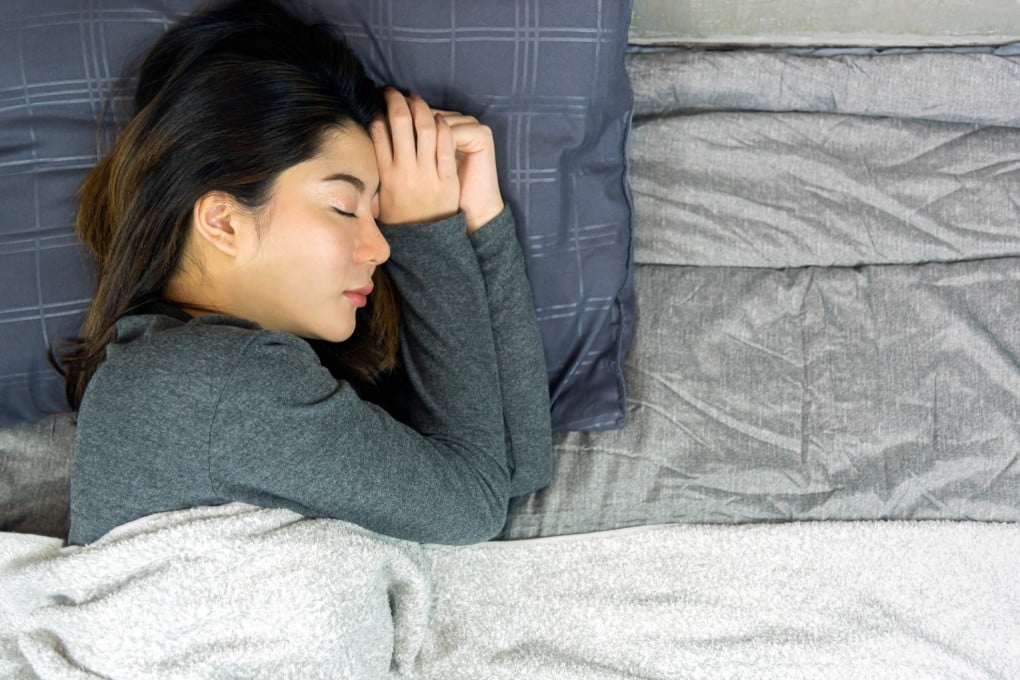Why your brain doesn’t rest during sleep, and how sleep engineering can boost memory and fight dementia and deterioration
- As we sleep, our brains repair and restore themselves and reinforce memories and lessons learned
- Pairing recently acquired memories with a sound that is replayed during sleep improves memory

Sleep used to be regarded as a time when the brain turned itself off to recharge its batteries, but research over the past 20 years has put that theory to rest.
Functional magnetic resonance imaging (fMRI) scanners, which use magnetic resonance to generate images of brain activity, have shown that the organ is active during sleep.
Although there is still much to be discovered, the brain uses that time to clean out toxins and repair itself, and to reinforce memories and lessons learned during the day.
Sleep research is a relatively new discipline, but it’s already understood that a good night’s sleep is much more important to our overall health and well-being than was previously thought.
Sleep is set to become the next health revolution, similar to the way diet revolutionised our view of healthy living in the 20th century.
Sleep research has also opened up a new avenue of scientific inquiry – “sleep engineering”. As our understanding of what happens when we sleep improves, scientists are developing ways to influence our sleep so that its benefits are maximised.